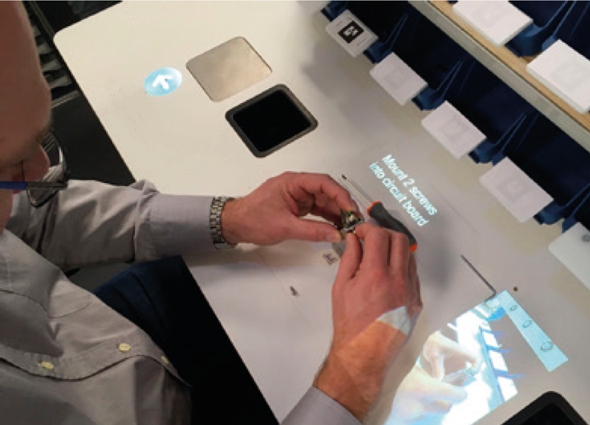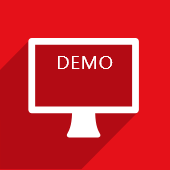Problem
The nature of production is changing in manufacturing:
- Flexible production: different specifications, products, timings, high mix, low volume
- Faultless production: first-time right, ultimate control of quality and resources
- Shorter time-to-market
- Shorter lifecycle of products
- Developments in technology are also happening fast: more digitalization and robotization on the work floor
With the flexibility that is demanded, people and robots/machines will continue to cooperate. Companies need to be able to deploy the defined process, training of the process, and the metrics of the process to wider target groups (experienced and inexperienced, young and old) quickly and flexibly.
Solution
In view of the rapidly changing nature of manufacturing, TNO, Bronkhorst High Tech, Omron and TE Connectivity have integrated an operator support system in a manual assembly workplace using LightGuide Systems AR projected work instructions as part of the TKI project Flexible Assembly Cell. This system helps companies to perform fast, flexible and faultless assembly of different products.
Results from this TKI project Flexible Assembly Cell will be used in the Flexible Manufacturing Fieldlab that is part of the Smart Industry Program Factory of the Future at Brainport Industries. Field labs are real-life environments in which knowledge and education institutions, production companies, developers, and suppliers jointly and specifically develop, test, implement and learn to use Smart Industry solutions.







